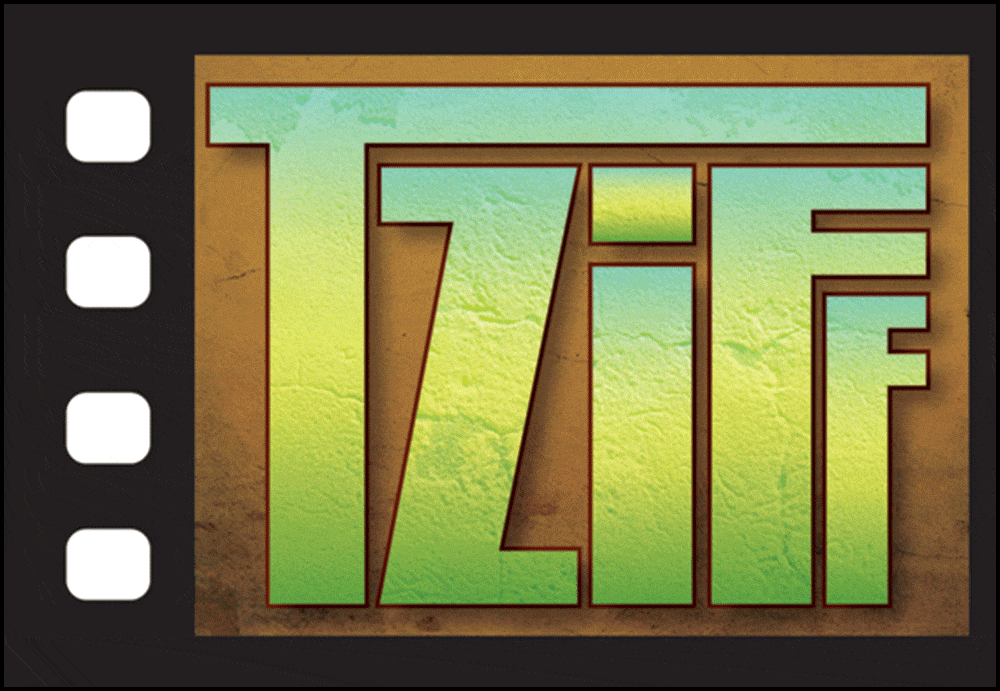The Future of Movie Writing: How Screenwriting is Changing!"
Movies are a big part of our lives, and the way they are written plays a crucial role in how we enjoy them. The art of writing movies, known as screenwriting, has changed a lot over the years. Let's take a look at ten key ways screenwriting is different today, with examples from popular movies!
Movies are a big part of our lives, and the way they are written plays a crucial role in how we enjoy them. The art of writing movies, known as screenwriting, has changed a lot over the years. Let's take a look at ten key ways screenwriting is different today, with examples from popular movies!
- More Diversity:Today's movies often have characters from many different backgrounds, races, and orientations. This is important because it means that movies are starting to look more like the real world.
- Example: "Black Panther" features mostly Black characters and showcases African culture, while "The Danish Girl" is about a transgender woman.
- Complex Characters:Modern movies often have characters that are complicated and have many different sides to them. This makes them more interesting and relatable.
- Example: In "Silver Linings Playbook," the main character, Pat, is dealing with bipolar disorder and trying to rebuild his life.
- Non-linear Stories:Nowadays, movies sometimes tell their stories in a mixed-up order, using flashbacks or showing multiple timelines. This can make the story more interesting and exciting.
- Example: "Eternal Sunshine of the Spotless Mind" jumps around in time to show the complexities of memory and relationships.
- Mixing Genres:Modern movies often combine elements from different types of movies (genres), which makes them hard to put into just one category.
- Example: "Stranger Things" mixes science fiction, horror, and drama.
- Realistic Dialogue
ialogue in today's movies often sounds like how people actually talk, which makes the characters feel more real.
- Example: The characters in "The Florida Project" talk like real people and children, which makes the movie feel very authentic.
- Technology:Modern movies often include current technology, like smartphones and the internet, because it's a big part of our lives today.
- Example: In "Her," the main character falls in love with an artificial intelligence operating system.
- Modern Themes:Today's movies often talk about issues that are important right now, like climate change or social justice.
- Example: "The Big Short" is about the financial crisis in 2007-2008 and how it affected people.
- Visual Storytelling:Modern movies often use visuals (what you see on the screen) to tell the story, not just dialogue (what the characters say).
- Example: In "Gravity," a lot of the story is told through the visuals, with very little dialogue.
- Standardized Format:The way screenplays are written and formatted has become more standardized, which makes it easier for people in the movie industry to read and understand them.
- Example: Most modern screenplays follow the same formatting guidelines, as outlined in books like "The Screenwriter's Bible" by David Trottier.
- Shorter Length:Today's screenplays are usually shorter and more to the point than they used to be.
- Example: While old epics like "Ben-Hur" had a screenplay of over 200 pages, most modern movies, like "Whiplash," have screenplays between 90-120 pages.








